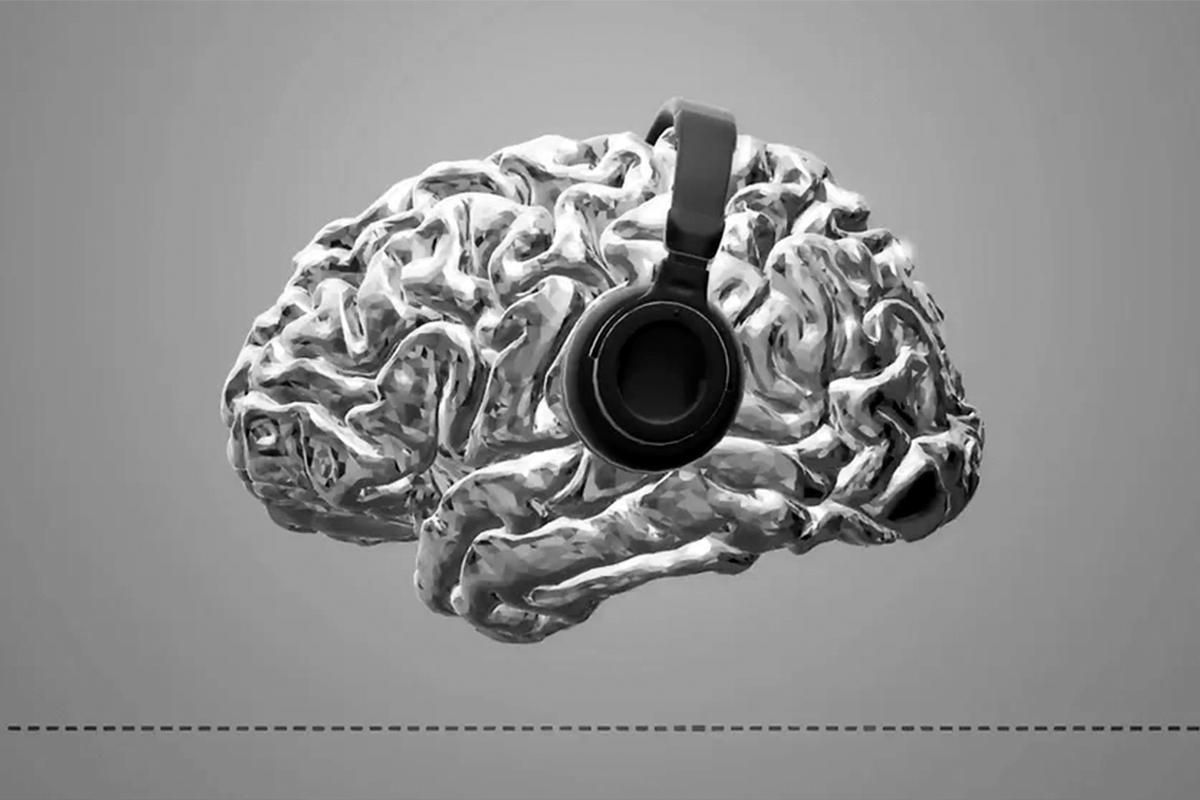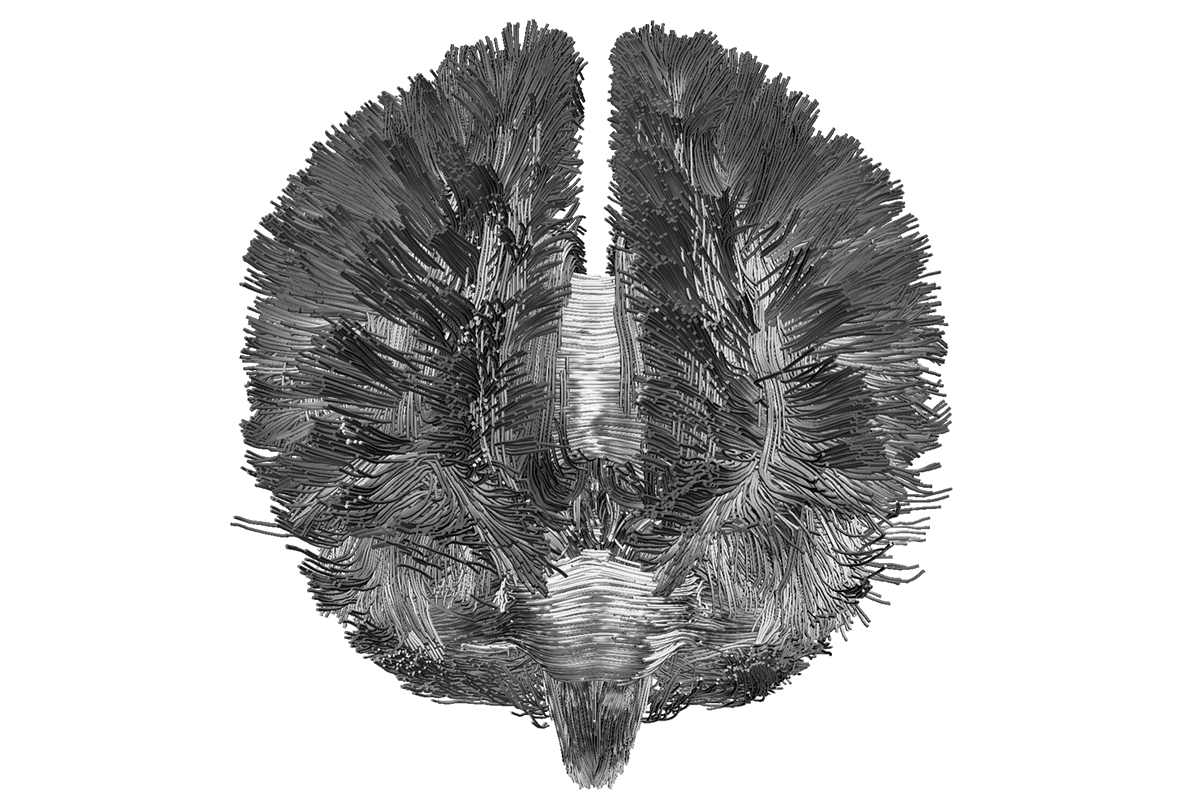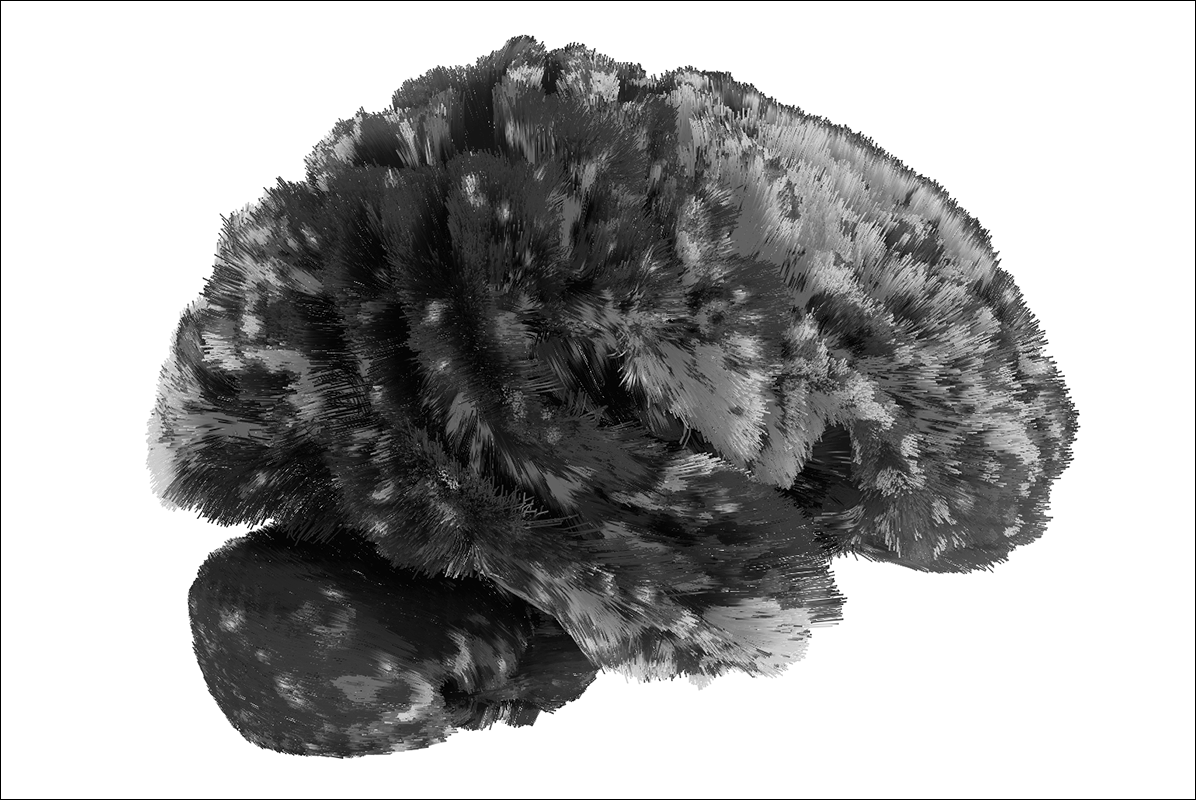Neuroscience has reached an exciting juncture of discovery and innovation, significantly influenced by technological advancements. The traditional avenues of knowledge dissemination, including conferences and lab discussions, have been effectively augmented by digital platforms, fostering global scientific engagement.
The digital curve
The Neurofunctional Imaging Group (GIN – IMN) leading by Michel Thiébaut de Schotten, member of our Executive Committe, put the non-profit Clinical Neuroanatomy Seminars online in 2016, a prime example of this evolution well ahead of the digital curve. This bold move, initially aimed at broadening access to scientific seminars, became particularly crucial during the COVID-19 pandemic, transforming our initiative into a pivotal global scientific platform.
This innovative endeavour was recognised with the Education in Neuroimaging Award from the International Organization of Human Brain Mapping (OHBM), a testament to the channel’s educational and scientific impact.
The Neuroccino journal club
The CNSeminars YouTube channel’s Neuroccino journal club, their flagship online series, has exemplified this digital leap. With a 38% increase in views, a 25% rise in watch hours, and a 17% growth in subscribers compared to the previous year, Neuroccino has become a beacon of knowledge and community in scientific communication in 2023.
Presenting at Neuroccino is open to everyone, with a particular emphasis on the involvement of early career researchers. The meeting, held for 30 min every Monday morning, accumulated 17 h of scientific discussions in 2023. With a total of 576 h watched, this indicates that for every hour of content produced, there are 34 h invested in viewership. The channel has attracted audiences from 39 countries, with significant engagement metrics indicating a strong resonance with the viewers.
The thematic direction of the presentations emerges organically from the contributors, independent of a predetermined scientific directive. In total, 17 individuals, comprising 9 women and 8 men, participated in the presentations in 2023.
The topics
The presentations dealt with the following topics:
- Scientific controversies and debates: discussions around localizationism and its alternatives, such as the ‘Wernicke conundrum’ and the ‘call to embrace anti-localizationism’ ; discussion about the definition of entropy as a measure of the subjacent complexity inherent to any measure ; description of an additional meningeal layer around the brain.
- Ethical considerations: The emergence of AI tools, like ChatGPT, has sparked meaningful conversations about the reliability of AI-generated content and the need for ethical considerations in AI usage, where technological advancements increasingly intersect with ethical deliberations (Sesack and Thiebaut de Schotten 2023; Ruffle, Foulon, Nachev, 2023). NEUROCCINO discussed tools like ChatGPT, addressing the reliability of AI content, its impact on critical thinking, and the need for regulation.
- Emerging tools and tehcnology: transfer learning, semantic reconstruction from brain recordings, and new techniques such as hyperalignment (Jiahui et al. 2023) and CEBRA (Schneider et al. 2023) have highlighted the potential of technology in advancing our understanding of the brain.
The field of neuroscience stands poised for groundbreaking advancements. The dynamic changes triggered by technology, particularly in the realm of digital communication, have catalysed a remarkable shift in how scientific knowledge is disseminated and discussed.
The researchers are excited about the prospects of further integrating digital innovations into neuroscience. Their commitment to accessible, inclusive, and engaging scientific discourse remains steadfast. They are poised to continue leveraging technology to break down barriers, foster global collaborations, and help drive the field of neuroscience towards new frontiers of discovery and understanding.
Scientific publication
Guzmán Chacón, E., Ovando-Tellez, M., Thiebaut de Schotten, M. et al. Embracing digital innovation in neuroscience: 2023 in review at NEUROCCINO. Brain Struct Funct 229, 251–255 (2024). https://doi.org/10.1007/s00429-024-02768-6


